A lot of talk goes into preparedness. Being ready for anything. Having what you need. Knowing where you’re going. But a lot of talk also goes into being spontaneous. Seizing the day. Going where the wind takes you. Being open to new experiences. On some level, the two philosophies seem to be at odds.
The story I’m telling you now involves life traveling in a van. Vanlife is the word coined to transact this nomadic existence in the parlance of our time, and it’s pretty focused on preparedness and, strangely enough, spontaneity. We have everything we need with the van we live in for these ten days for anywhere we might want to go. Or at least a subset of that time and those places.
Where we ended up going is Mono Lake, California. This is a strange place, no matter where you’re from. It’s beautiful, but I think a lot of people have to take a roundabout path to seeing it that way. It’s harsh, stark, sparse, and sublime. As a result, it’s not all that popular. It’s definitely one of those places that’s an afterthought because it’s on your way somewhere else. From any direction, it’s not necessarily the destination you’re looking for.
Honestly, I’ve never seen it as much more than that myself. I’ve been to the visitor center. I’ve been to the shore where the brine shrimp buzz and the thick volcanic mud smells like salt, sulfur, and slime. I’ve been to the South Tufa Preserve, where the white stalagmites (stalactites?) rise from the water like muddy towers. But mostly, I’ve driven by on the way somewhere else.
This trip is about doing things we’ve never done before. In places we’re otherwise pretty familiar with. And that’s a real challenge. Discovering something new in your own backyard. How can there really be anything there worth discovering we didn’t already know about? Well, as luck had it, someone told me about something here at Mono Lake that I’d never heard of before.
And here I am, 5 paragraphs in, still not to the point. That’s bad for SEO. Today we’re going to Mono Fissures. The images I found of this geologic oddity were instantly interesting enough for me to find it on the map, figure out how to get there and cease my research in hopes of not spoiling the surprise for myself.
I also didn’t spoil the surprise for the rest of the family as I didn’t tell them anything, just that it was cool and would be worth the hike. I feel like I should have good credibility in that area, as evidence I present, the rest of the content here, though it is often called into question anyway.
The Mono Fissures are a structural feature of Black Point. Black Point was formed from an underwater volcano that occurred about 13,000 years ago when the area was covered by the Pleistocene Lake Russell. Then water levels were about 500 feet higher than present day Mono Lake. I specify present day, because of course, the level of mono lake is artifically low, currently almost 30 feel lower than in 1850. The Pleistocene is a span of Geologic time referred to as an epoch that lasted from 2.58 million to 11,700 years ago. We are of course, now in the Holocene epoch, or Anthropocene, as some believe that the course of human impact on the planet has ushered us into a new epoch defined by the geological evidence of that impact.
Black Point is the large dark dome you can see from the Visitor Center if you go out on the back deck and look north across the lake. Constant pressure from volcanism below caused it to bulge out, forming that dome and, in the process creating the expansion cracks now known as Mono Fissures.
We arrived late on a cold early spring day. As we were in a van, we had trouble accessing the right road and parking area, also because I didn’t do too much planning. So we parked at a spot that was a little too far away and started walking. After a few minutes, we came across a better road that clearly had an easier approach, so I ran back to bring the van around. See the route map at the end of this article for that road.
The trail to Mono Fissures does not exist. It’s not popular enough to warrant a trail, though it does have a trailhead. In general, I recommend finding places like this. From that trailhead, with no signs or path or cairns, we headed up through the sandy sage towards the obvious summit of Black Point.
Lightning Dragon soon tired of the mystery and hiking and decided to turn back and wait with the van. I was sad to see him turn around, but the rest of us pressed on. The total distances are not great, but the terrain makes for slow going. The views were spectacular, though the wind was strong and the air was cold.
I’d recommend going this way, though there are shorter, faster routes, as I’ve since discovered. The destination and the journey are the same thing, and it’s no point in cutting it short if you don’t have to. similarly, You don’t have to go over the top of Black Point. You can skirt around to either side, though going to the lake side makes the most sense.
The fissures cut a north/south line just west of the summit of Black Point, and you can easily make your way to either end. It does look like most visitors approach from the lake side, go in, and back out. We approached from the east end, and it felt very remote as there was no sign of a trail or other hikers coming that way.
At that end, the fissures start as a gentle dry canyon or arroyo and soon develop into deep slot canyons. They are volcanic and not caused by erosion, but it would be hard to tell if you didn’t already know that, except for the fact there’s no river or creek or sign that there ever was one.
We walked through the canyons, explored caves and grottos, jumped over gaps, peered into chasms, and climbed cliffs and boulders. Rocket loved it. I loved it. Danielle Loved. Lightning Dragon would have loved it, but he was cold and sulking back at the van. Live and learn.
By the time we had been back and forth through the fissures twice, it was getting colder, and the sun was getting low. We were hungry and tired from a day of travel that was getting long in the tooth.
We walked back to the van, mostly downhill, weaving around rocks, sage, and sand. Lightning Dragon was waiting at the van, hungry and unhappy. I wish he’d come with us. He would have loved it. But I didn’t do a good enough job of convincing him, being patient, or persuasive enough. I can’t fault him too much. His apple sits right next to my tree.
We didn’t camp at the Black Point trailhead. Though the No Camping sign was visible from the parking lot, we could have plausibly claimed we thought it meant behind the sign. And we should have.
Instead, we drove up out of the Mono area, where camping is prohibited, and parked along Goat Ranch Cutoff for the night.
The morning dawned and showed that a dusting of snow had fallen on the sandy spur we’d parked on. Ordinarily, this wouldn’t be a concern, but the Solis van is only 2-wheel drive and wasn’t prepared for travel in much snow at all, though we did have chains.
I packed a pair of MaxTrax Recovery boards to be prepared for sandy turnouts, mistakes, and bad decisions. Those bad decisions came, but not today. Were we ready for anything? Certainly not.
A huge part of adventure is rising to a challenge. Sometimes that’s route finding or digging out a stuck rig. Most often, for us, it’s going on a long hike and being tired, and sore and hungry, and cold, unsure of how we’re going to make our way back to the car. The confidence to go on is based on having been in a similar situation in the past. Experience is knowing that you’ve done it before and most likely, you can do it again. Rudyard Kipling called it the unforgiving minute. And all you really have to do is fill it with 60 seconds worth of distance run. And then probably do it again.
Were we equipped enough for what the day threw at us? We certainly were, and we rolled out, down the road, and off to the next stop on our vanlife adventure.
- Black Point Trailhead
- Mono Fissures (Atlas Obscura)
- Mono Fissures (Location)
- Mono Fissures Trailhead Location 1 and Location 2(unknown conditions)
- Mono Lake Visitor Center
- Long Valley Caldera Geology
-M
#allterrainfamily





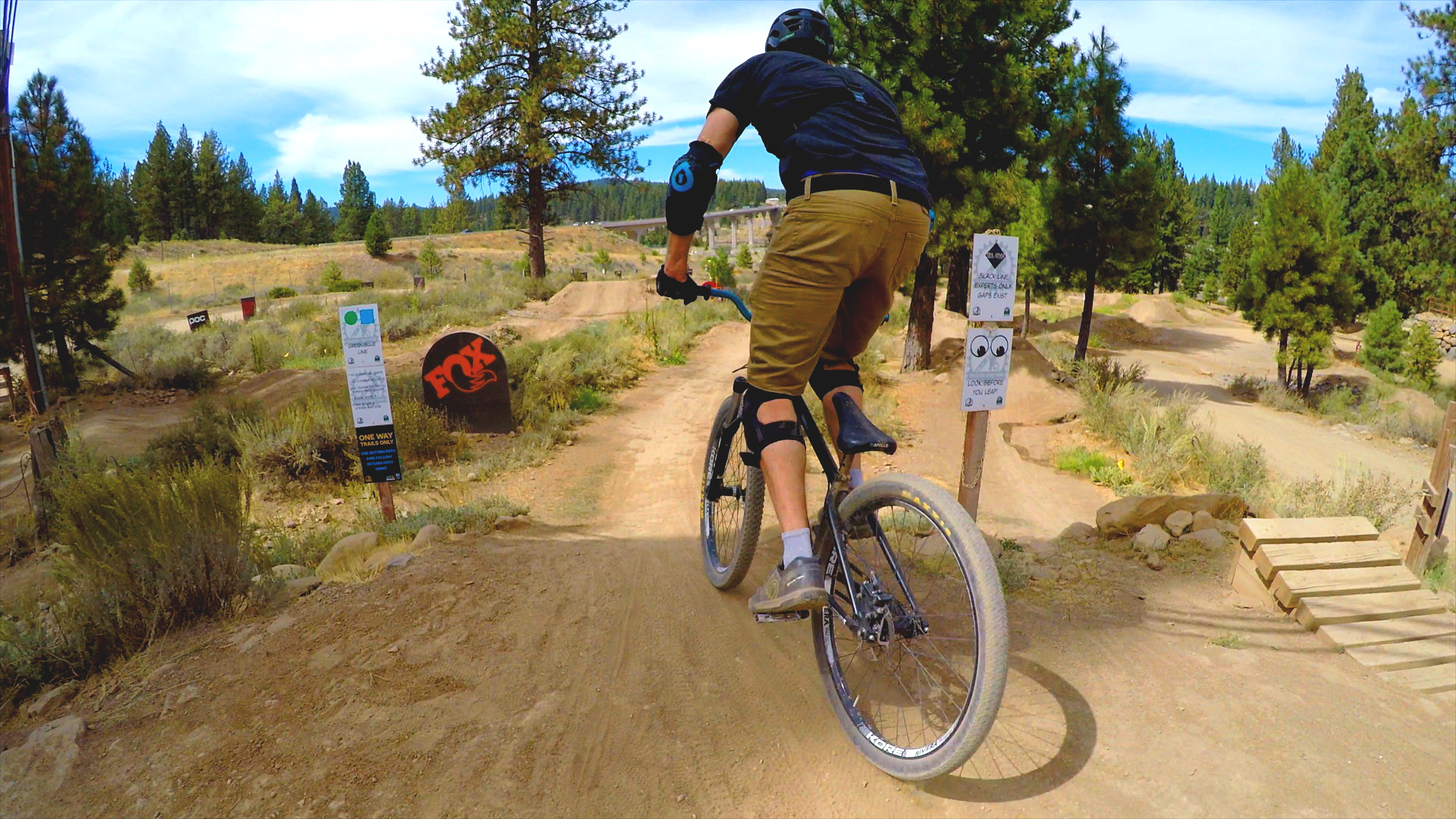
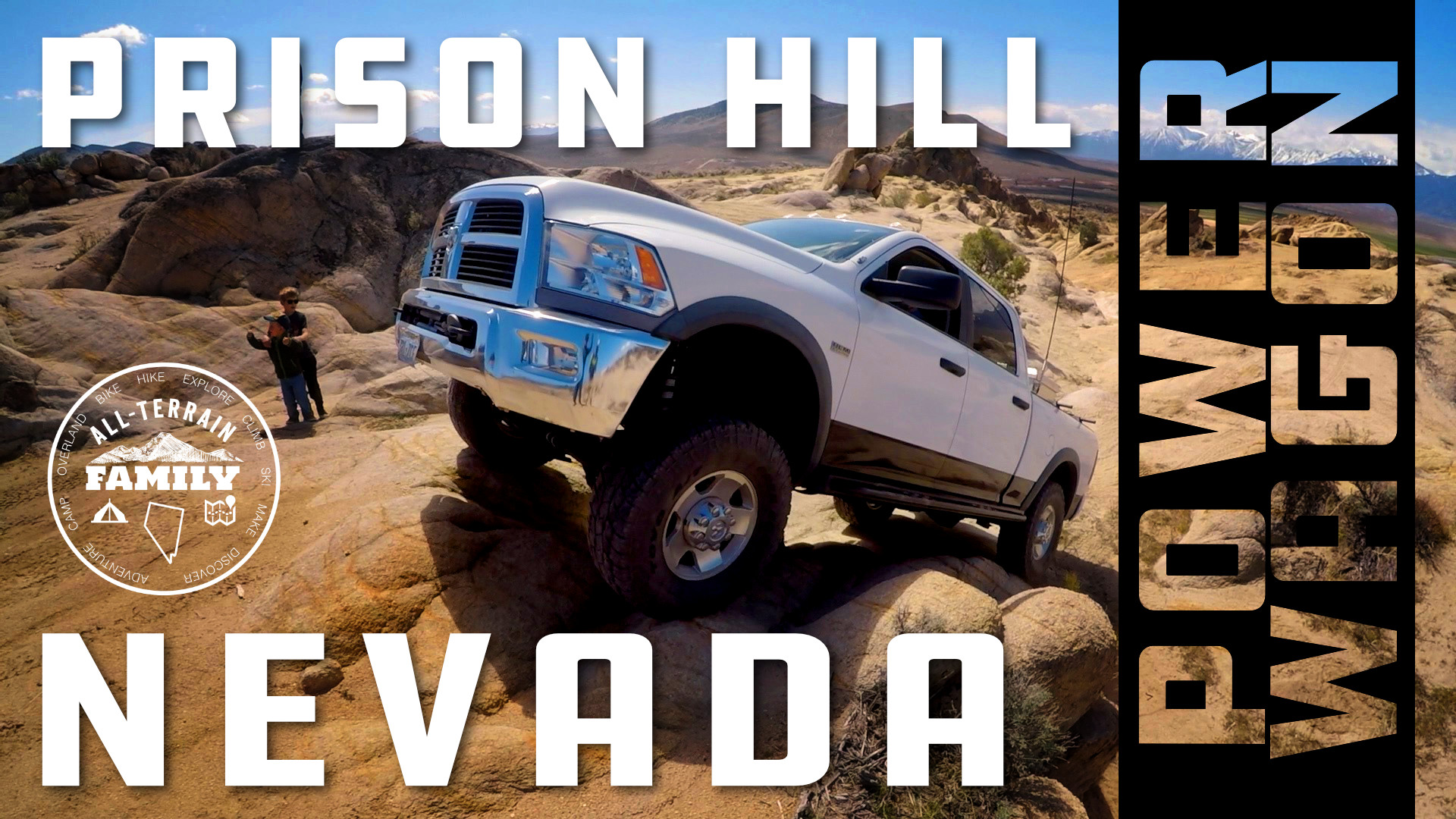
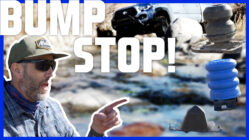
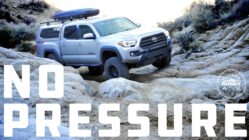
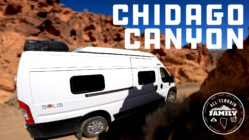
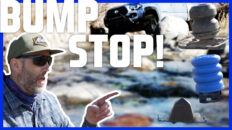
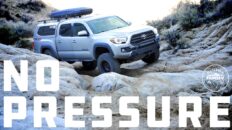
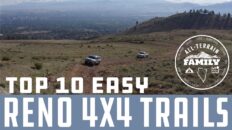



Add comment